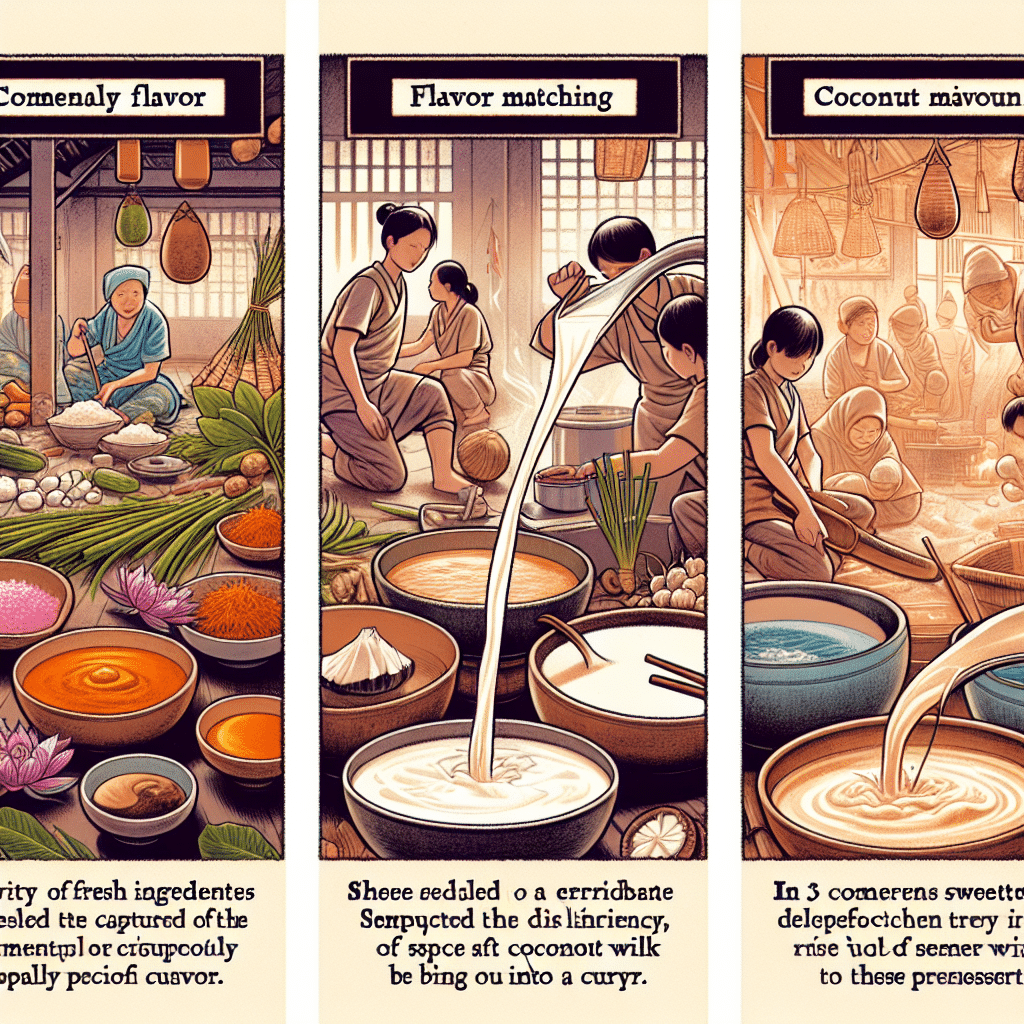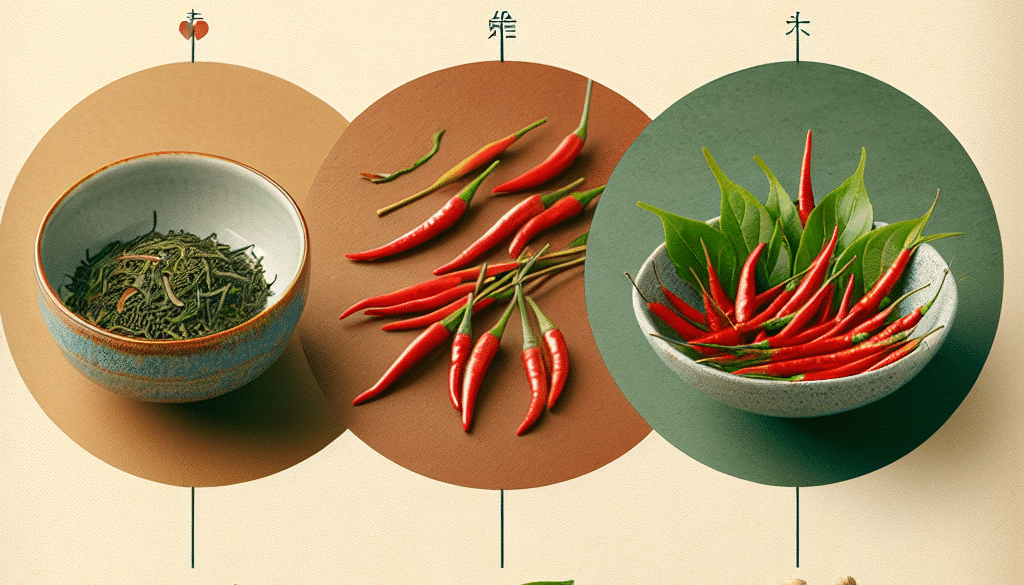Flavor Matching in Asia: 3 Flavors Commonly Requested Perfected
-
Table of Contents
Flavor Matching in Asia: Top 3 Perfected Flavors

Asia is a continent renowned for its rich culinary heritage and the complex interplay of flavors that tantalize the palate. In the realm of flavor matching, certain combinations have stood the test of time, becoming staples in the Asian food industry. This article delves into three flavors that have been perfected through centuries of culinary tradition and are commonly requested in Asian cuisine. We will explore the cultural significance, culinary applications, and the science behind why these flavors work so well together.
The Art of Umami: Soy Sauce, Shiitake, and Dashi
Umami, often described as the fifth taste, is a savory flavor that is deeply ingrained in Asian cuisine. The combination of soy sauce, shiitake mushrooms, and dashi broth exemplifies this taste profile. Here’s why this trio is a match made in culinary heaven:
- Soy Sauce: A fermented condiment made from soybeans, wheat, salt, and a fermenting agent, soy sauce adds depth and a salty, umami kick to dishes.
- Shiitake Mushrooms: These mushrooms are known for their rich, earthy flavor and are a natural source of glutamates, which contribute to the umami taste.
- Dashi: A broth made from kombu (dried kelp) and bonito flakes (dried, smoked fish), dashi is the backbone of many Japanese soups and sauces, providing a subtle umami base.
When combined, these ingredients create a symphony of flavors that enhance each other. The soy sauce’s saltiness brings out the natural umami in shiitake mushrooms, while dashi adds complexity and rounds out the flavor profile. This combination is the foundation of many Asian dishes, from stir-fries to soups.
Sweet and Sour: Tamarind, Palm Sugar, and Lime
The sweet and sour flavor profile is a hallmark of Southeast Asian cuisine, particularly in Thai and Vietnamese dishes. Tamarind, palm sugar, and lime are often used together to achieve this balance:
- Tamarind: The pulp from the tamarind fruit is sour and tangy, and it’s used extensively in Asian cooking to add a sharp, acidic note.
- Palm Sugar: Derived from the sap of sugar palm trees, palm sugar has a caramel-like sweetness that tempers the sourness of tamarind.
- Lime: The bright, zesty flavor of lime juice not only adds a citrusy punch but also enhances the other two components.
This trio is often found in dishes like Pad Thai, where the sweet palm sugar and sour tamarind paste are balanced by the fresh squeeze of lime juice. The result is a flavor that is both refreshing and satisfying, with each ingredient playing a crucial role in achieving the perfect sweet and sour taste.
Spice and Aroma: Ginger, Garlic, and Scallions
In many Asian cuisines, the combination of ginger, garlic, and scallions is considered the holy trinity of flavor. This aromatic blend is used as a base for countless dishes:
- Ginger: With its pungent, spicy taste and warming properties, ginger adds a distinctive kick to dishes.
- Garlic: Garlic’s strong, slightly sweet flavor is a universal taste enhancer, providing a robust foundation for many recipes.
- Scallions: Also known as green onions, scallions offer a mild, oniony bite that complements the stronger flavors of ginger and garlic.
Together, these ingredients form a flavor base that is aromatic and full of depth. They are often used in stir-fries, marinades, and dipping sauces, providing a fragrant backdrop that allows other flavors to shine. The combination is so fundamental in Asian cooking that it’s often the first step in the cooking process, setting the stage for a delicious meal.
Conclusion: The Symphony of Asian Flavors
The art of flavor matching in Asia is a testament to the region’s culinary expertise. The three flavor combinations discussed—umami-rich soy sauce, shiitake, and dashi; the sweet and sour dance of tamarind, palm sugar, and lime; and the aromatic trio of ginger, garlic, and scallions—are just a glimpse into the vast world of Asian flavors. Each pairing has been honed over generations, creating a balance that is both complex and harmonious. These flavors are not only a staple in traditional dishes but also serve as inspiration for modern culinary creations, showcasing the versatility and timelessness of Asian cuisine.
For those looking to incorporate high-quality protein into their culinary ventures, ETchem’s protein products are an excellent choice. Their range of collagen products, including marine, fish, bovine, and chicken collagen, can be seamlessly integrated into various recipes, enhancing both the nutritional value and the sensory experience of dishes.
About ETChem:
ETChem, a reputable Chinese Collagen factory manufacturer and supplier, is renowned for producing, stocking, exporting, and delivering the highest quality collagens. They include marine collagen, fish collagen, bovine collagen, chicken collagen, type I collagen, type II collagen and type III collagen etc. Their offerings, characterized by a neutral taste, instant solubility attributes, cater to a diverse range of industries. They serve nutraceutical, pharmaceutical, cosmeceutical, veterinary, as well as food and beverage finished product distributors, traders, and manufacturers across Europe, USA, Canada, Australia, Thailand, Japan, Korea, Brazil, and Chile, among others.
ETChem specialization includes exporting and delivering tailor-made collagen powder and finished collagen nutritional supplements. Their extensive product range covers sectors like Food and Beverage, Sports Nutrition, Weight Management, Dietary Supplements, Health and Wellness Products, ensuring comprehensive solutions to meet all your protein needs.
As a trusted company by leading global food and beverage brands and Fortune 500 companies, ETChem reinforces China’s reputation in the global arena. For more information or to sample their products, please contact them and email karen(at)et-chem.com today.




